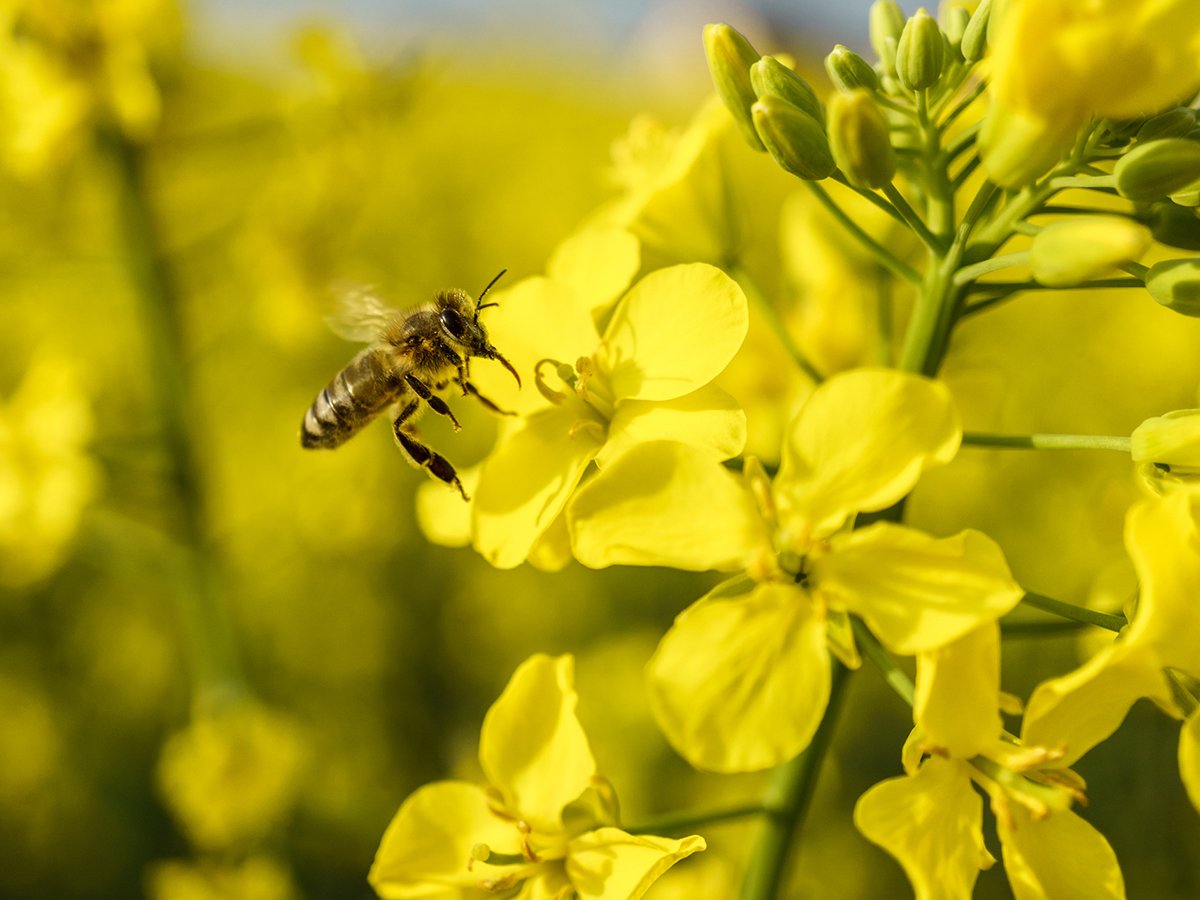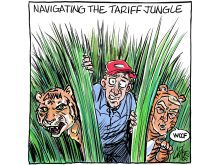TODAY, July 12, is the day additional regulations come into force governing the handling of specified risk materials from bovines. Certain cattle tissues thought to be most capable of transmitting BSE are now banned from all animal feed, pet food and fertilizer.
With the ban comes a brand new set of regulations for anyone handling, transporting or disposing of SRM. Compliance is yet another cost associated with the BSE situation and with Canada’s plans to eradicate the disease from the national herd.
With these measures in place, researchers estimate elimination of BSE in Canada within 10 years, according to the Canadian Food Inspection Agency.
Read Also

Invigor Gold variety viewed as threat to condiment mustard
Invigor Gold, the canola-quality mustard developed by BASF, is on a collision course with Canada’s condiment mustard industry. It’s difficult to see how the two can co-exist.
The costs related to these new regulations will primarily be borne by meat processors, renderers and, of course, cattle producers.
For processors and renderers, additional equipment, labour and disposal methods are involved. For producers, there will be additional fees for deadstock disposal, at least in the short term, plus an array of permits and requirements related to carcass transport.
Additional onus for rule compliance will also rest on veterinarians, auction markets, diagnostic labs, feed manufacturers, cattle haulers and waste management facilities.
It’s going to take more money and it’s going to take more time to comply with these rules. Those are the costs of compliance.
Any cost assessment is best accompanied by an assessment of benefits, or in this case, anticipated benefits. What will it be worth to the Canadian cattle industry and the national economy to eliminate BSE and regain a healthy cattle and beef export sector?
The cattle industry in the past has injected billions annually into the economy through direct sales and exports and through spin-offs. Since the first case of BSE in May 2003 was announced, the value and the reputation of this agricultural sector have been tarnished.
Science indicates removal of SRM is the best way to eliminate the risk of BSE-infected material re-infecting herd members. Canada’s testing programs show that BSE-infected animals are few and presumably becoming fewer. That means the risk of BSE-infected meat entering the food chain, or of contaminated product re-infecting the herd, is minuscule.
So why are new and more stringent regulations necessary?
The answer, as it is to so many questions about BSE and human health, is that perception rather than reality rules.
Canada has made the commitment to take this extra step toward eliminating BSE. It was recommended by international animal health authorities and the government promised Canada would comply.
More than anything else, this is a trade issue. Other countries have to see that government and industry are doing all they can to eliminate BSE. When they are convinced, the anticipated benefit is increased trade and a healthier cattle industry.
We do not know if the additional measures implemented today will be enough to satisfy trading partners. But it’s a pretty safe bet that we can’t afford not to do it, either.
And now that the rules are in place, government and industry must redouble their efforts to open more markets.
They can do so equipped with additional evidence that the industry is dedicated to health and safety.
Bruce Dyck, Terry Fries, Barb Glen, D’Arce McMillan and Ken Zacharias collaborate in the writing of Western Producer editorials.














